In December, producers planted the stone fruit trees that will yield fruits for consumers in a couple of years, and the nurseries, which manage the plant material and its multiplication, are witnessing the varietal advances and current commercial trends among producers that will determine the future supply. This knowledge positions them as advantageous players in a sector that has been experiencing a certain setback for years, even though Spain is one of the leading producers of stone fruit in Europe and a leader in world exports.
Luis Elias Soria.
“Choosing a variety is a very important factor in stone fruit. The production calendar had been expanded in recent decades, but there was a lack of development in other fields, such as taste quality or post-harvest. There was also a lack of development in the rootstocks, an equally important element to be able to combat the diseases that affect fruit trees,” stated Luis Elias Soria, from Viveros Mariano Soria. “Some of the most outstanding patterns developed are Adesoto and Adara for plums and cherry trees, or Garnem, a very vigorous almond-and-peach-tree hybrid that is compatible with the nematode-resistant Prunus”.
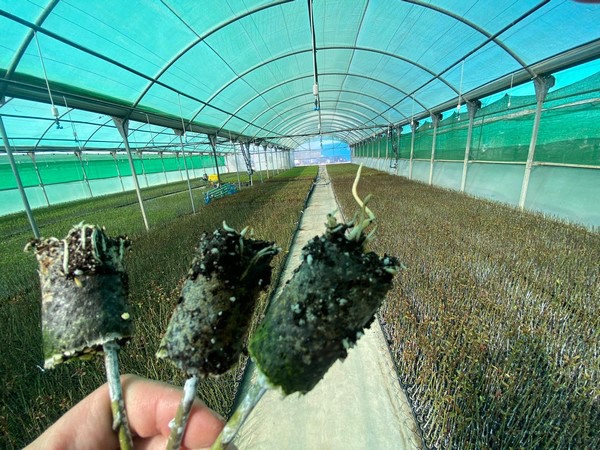
“Our nursery works with well-known genetic breeders. We have 7 hectares of test fields where we grow different varieties so that we can give feedback to breeders as well as advise to our clients when choosing plants, and this year several trends stand out.”
“Nectarine is on the mend. There is enormous interest in covering a very defined date within this fruit's segment, just between the middle and the end of August, a period in which there is a quality gap between the nectarine varieties that are on the market. Interest has mainly focused on varieties that improve Red Jim,” he stated.
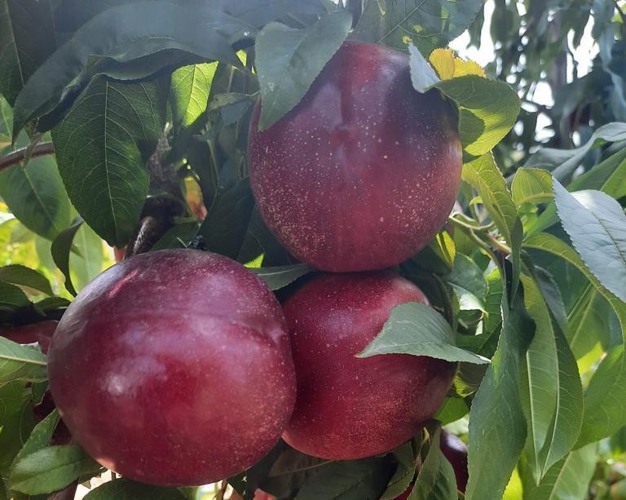
“In peaches, just as it was years ago, we have seen a trend for fruit with yellow skin and yellow flesh. Within this segment, there are beginning to be varieties with better firmness that have opened the market in northern Europe, where it was not consumed. In addition, it offers alternatives for the canning, juice, and even dehydrated fruit industry, which has helped producers to opt for this line.”
“Much progress is also being made in the later apricot varieties, as they had a clear weak point in terms of taste quality. The Winnie Cot variety is a clear example of a new generation with much better flavor.”
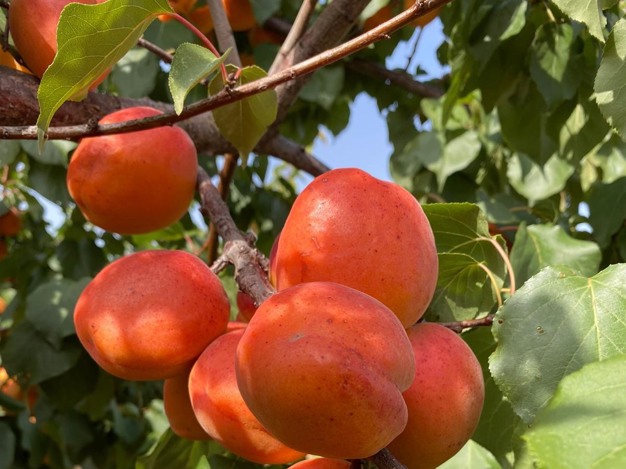
"Flat fruit continues to be very attractive due to its differential factor, its shape, and its flavor, which is highly concentrated. There have been great advances, especially in white-fleshed fruit for which post-harvesting was a problem,” stated Luis Elias Soria. “A great job has been done to obtain donut peaches and they have achieved an important position within stone fruits, but the platerina still needs a lot of development. Pistillary closure is one of the main problems we face because it is directly proportional to its postharvest life and the time it lasts on the shelf. However, we work with different varieties from different breeders and from Imida that meet all quality standards. The most outstanding variety so far is the Mistral 30,” he added.
“Choosing cherries is even more important given that their season is very concentrated. There is a huge number of varieties for mid-season fruit. Thus, you have to have the best quality to compete in that period so producers have to do review the varieties very well to come up with the correct selection," he stressed. “One of the varieties that our nursery has sold the most in recent years is the Royal Tioga cherry, an extra-early variety with a very sweet fruit that is much firmer than the varieties that existed until now, such as Burlat, of softer fruits and with less post-harvest.”
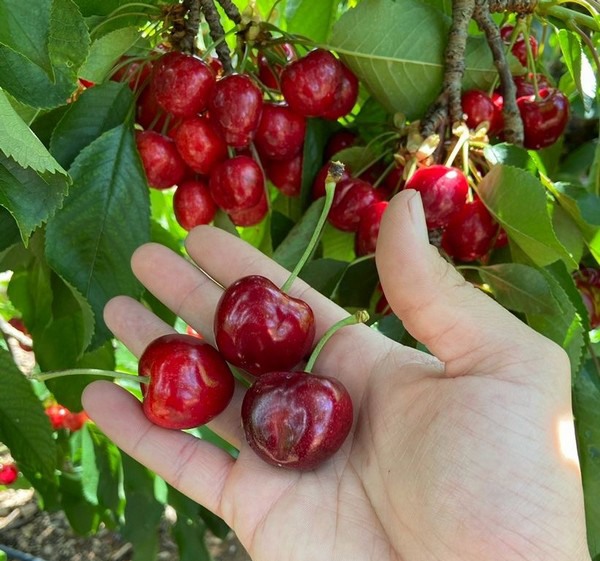
These trends will materialize on the shelves in several years time, when the trees enter their full production. Hopefully, they'll help reverse the sector's bittersweet performance in recent seasons. It is true that the 2020/21 campaign produced atypical figures throughout Europe due to unfavorable weather conditions and late spring frosts, which plunged the EU harvest by 19% compared to the previous year and by 35% when compared to the average of the last five years, according to data from Europêch. This boosted prices and Spanish exports, which continued to be the largest stone fruit producer in the EU.
However, data from the latest Bulletin of the 2021 Stone Fruit Campaign of the Ministry of Agriculture, Fisheries, and Food reveal that the area devoted to the production of stone fruit in Spain decreased in the last campaign for all species, except for cherry. In recent years, the area for peach, nectarine, and apricot has decreased. Last year, according to the 2020 Food Consumption Report in Spain, fruit consumption increased by 10%, but consumption of stone fruits had the greatest decrease.
In this complex context, where Spanish stone fruits are competing against a wide variety of stone fruit offerings and other fruits on the market, choosing the right variety becomes much more important, Luis Elias said.
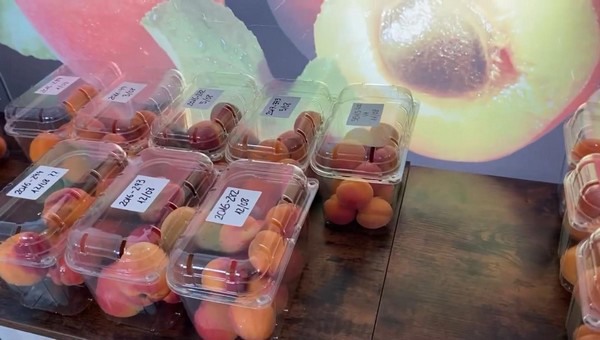
A 60-year trajectory that began with the Miraflores peach
Viveros Mariano Soria is a family business with 60 years of history. “My great-grandfather and my grandfather started the nursery business with the Miraflores peach, an extra-late variety that emerged spontaneously here in the area. They began to multiply it and sell it throughout Spain,” Luis Elias Soria stated. “After a few years, they diversified the plants they sold. Olive and almond trees were very strong and the company grew a lot thanks to the work of Vicente Perez Iriberri, an extraordinary and passionate technician who helped the company to become what it is now and who unfortunately is no longer among us.”

"We currently sell about 4 million plants in the national and international markets, from France and Italy to Turkey and Egypt. We sell trees that fully cover the wide calendar of stone fruits, which allows us to supply high-quality and very competitive plants for all producers for any time of the season.”
For more information:
Luis Elías Soria
Viveros Mariano Soria
tecnicocampo@viverosmarianosoria.com
www.viverosmarianosoria.com
